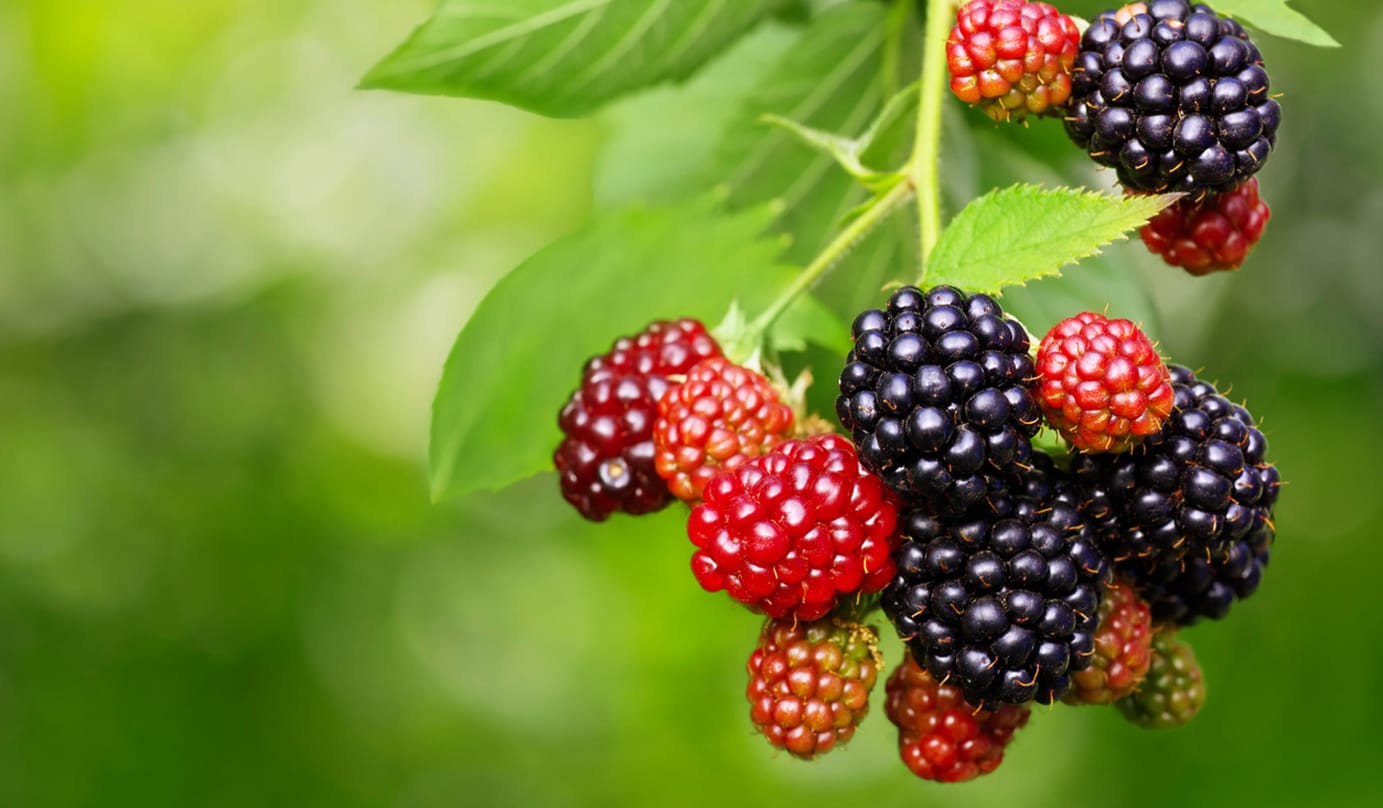
People have been foraging for thousands of years. It is how our ancestors lived back then. Foraging was about survival and using resources from the land. Even during World War II, people had to forage for rose hips. The rose hips were used to make syrups to help with vitamin C intake. It was during a time with many restrictions, including ones on fruits. We can still forage today and make great use of what nature has to offer.

We can take advantage of many foraging benefits. Some experts say that wild foods are richer in essential vitamins and minerals. During the process of foraging, foragers are also able to hike and exercise. It's definitely a win-win situation. But you shouldn't start gathering and ingesting wild plants right away. There are some guidelines we should follow to ensure our safety. These rules are also put in place to protect the environment.

It's a good idea to find a foraging expert. This is somebody who has been foraging for a while and has the necessary experiences. An expert can show you where to forage and which areas are prohibited. Some areas could be dangerous due to wildlife inhabitants. Or they could be private property; we do not want to trespass.

It is also wise to have a handbook. The handbook can be used to identify the plants you discover along the way. A handbook with coloured pictures would be extremely informative. It would make identifying plants a lot easier. The handbook should also feature plants native to your area. This way, you will be able to identify more plants.

When foraging, only harvest healthy-looking plants. Consuming sick plants could lead to undesirable health consequences. It is also important to recognize and be cautious of lookalikes. Some plants can look very similar to each other to the naked eye. You might have to use your other senses to identify the plant. You can use the plant's smell or texture to assist you as well.

Taste is not a good sense to rely on, since some plants could be fatal even in small doses. Remember, just because a part of the plant is edible, it doesn't mean the entire plant can be consumed. For example, many people use rhubarb stems to make pies and delicious syrups for ice cream. Even though the stems are widely used, consuming the leaves can lead to fatal consequences. If you are uncertain whether it is safe to ingest or consume the plant, it is better to check with an expert first.

Before initiating your excursion, make sure you have completed your homework. You need to be aware of which plants you can find in the current season. It is also wise to research the area and learn about poisonous plants ahead of time.

Many foragers like to look for wild garlic. Wild garlic can be found growing in wet habitats near streams and rivers. It can be harvested around late March. Wild garlic is a great addition to salads.

Blackberries are a popular fruit to harvest in the autumn months. They are relatively easy to identify compared to other plants. You can make many delicious dishes with this versatile fruit. You could make yogurt, pies, jams, and much more!

Now you're ready to go foraging. You can carry your provisions in a backpack if you think you'll be gone for a longer excursion. If you get lost, you can reach out to a ranger in the area for assistance. Remember to respect the area you're visiting, and don't over harvest. The plants still need to reproduce, and there needs to be enough vegetation left for grazing animals. You should only collect what you'll use; we don't want to be wasteful.